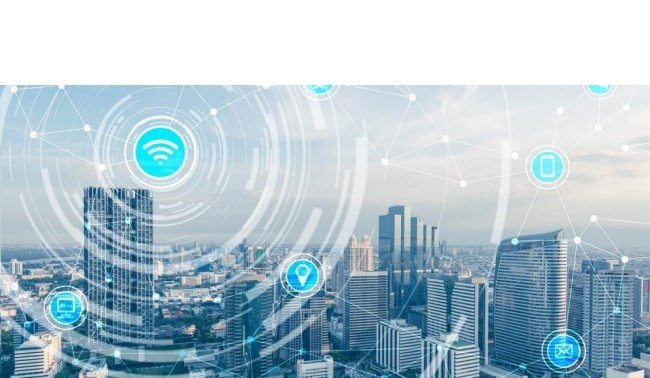Safe City Security Solution
City surveillance system helps to improve security level and also supports organization of mass events, management of the traffic system etc. Most cities have at very least a plan and in most cases an existing program to make themselves safe cities. Increasingly, cities around the world are transitioning to become smart cities: urban areas where security solutions work in unison with other systems, extending the benefits of technology beyond security and into other city operations.
An integrated public security system should ideally encompass three main elements – Monitoring, Communication and Mobility solutions. These aspects are linked together by the fourth element, a Command and Control Center Solution to mitigate risk across the city environment by providing actionable intelligence and enabling speedy security incident resolution.
Monitoring Solutions
There has been a growing shift to IP based CCTV cameras that provide significant advantages such as scalability, remote monitoring over internet and easy sorting of digital video files. These IP-based solutions also support intelligent video analytics that augment the video surveillance systems with real-time detection and alerts for defined events.
Automatic Number Plate Recognition (ANPR) solution uses optical character recognition on images to read the license plates on vehicles. This is mostly used at borders or traffic signals to identify and cross-check vehicles with a comprehensive vehicles database to provide actionable intelligence in case of vehicle theft, etc
Facial Recognition solution is a computer application which automatically identifies or verifies a person from a digital image, or a video frame from a video source.
Edge-Based Processing
In the past, video analysis could only happen at the server level, which often delayed response times to critical events. Now those surveillance cameras have more powerful processors and artificial intelligence capabilities, complex analysis can take place at the edge.
Edge processing offers multiple advantages: It allows the cameras to select the relevant video to transmit, which helps the operator immediately focus on the key details. Reducing the video stream reduces bandwidth consumption and storage needs.
Edge processing with deep learning enables a camera to generate rich metadata that classifies objects within the scene – such as pedestrians, cyclists, passenger vehicles, large trucks, etc. This data can help planners and civil engineers understand how people and products move through the environment.



